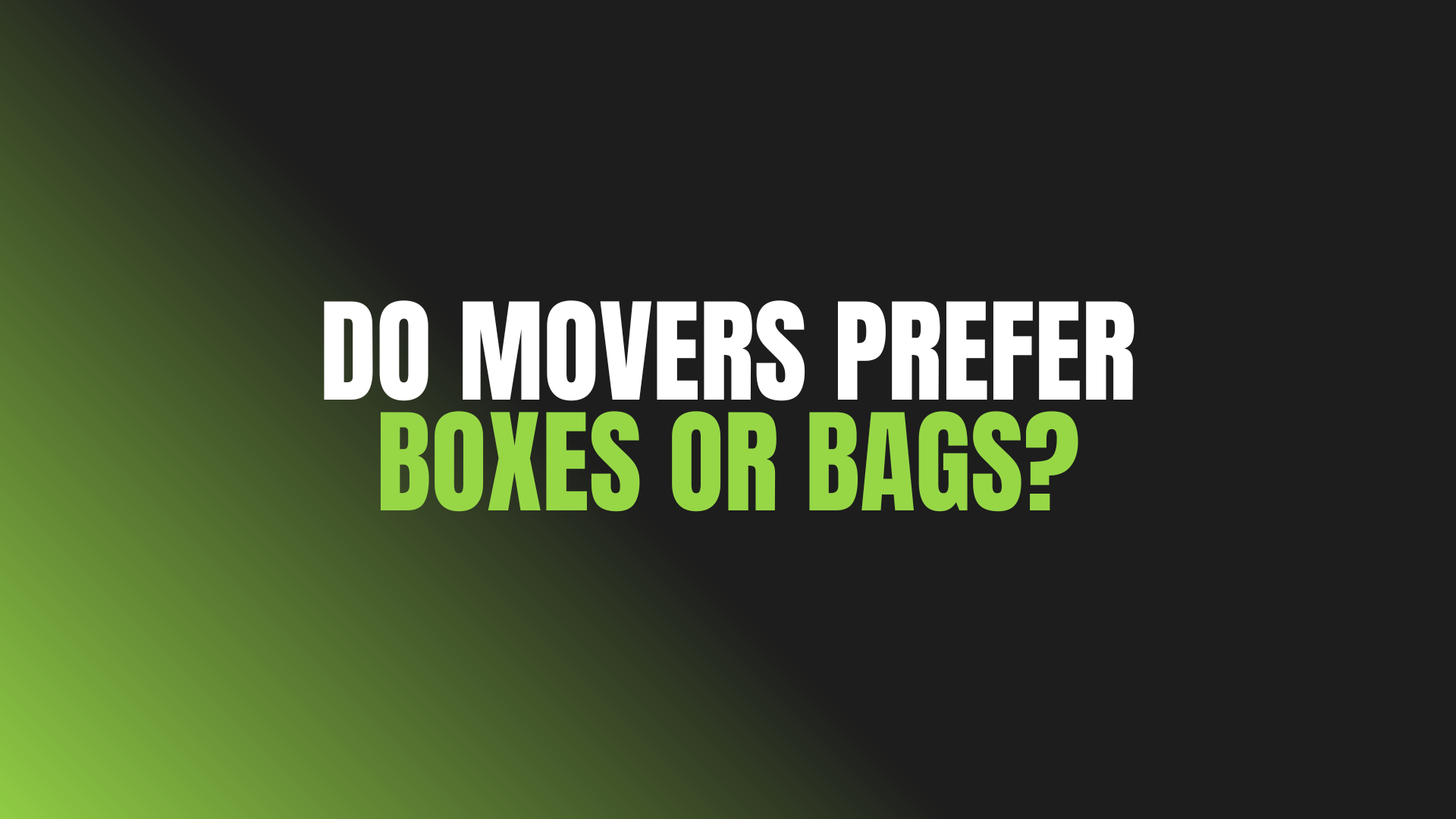

Question: Do Movers Prefer Boxes or Bags?
Answer: Movers prefer boxes. Boxes offer better protection, stackability, and easier transport than bags, which can tear and be difficult to handle.
Moving Day: Boxes Versus Bags
Choosing between boxes and bags for your move presents a significant decision. Many factors influence this choice, including the type of items you’re moving, the distance of your move, and your budget. Professional movers possess preferences, shaped by experience and efficiency. Understanding these preferences helps you make informed decisions, leading to a smoother, less stressful moving experience. This guide explores the pros and cons of each option, providing valuable insights to aid your planning process. Proper packing significantly impacts the overall cost and efficiency of your move, and understanding the advantages and disadvantages will allow you to make the best possible choice for your needs. Remember to account for factors such as the fragility of your items and the available space in your new home.
Movers and Their Packing Preferences
Movers often prefer boxes. Boxes offer superior protection for fragile items. They stack easily, optimizing space in moving trucks. This efficient stacking minimizes wasted space and transportation costs. Uniformity facilitates easier handling and loading. Boxes also provide better protection against damage during transit. Movers find boxes easier to maneuver and handle than bags. This ease of handling speeds up the moving process. The reduced risk of damage also lowers the likelihood of claims.
Click here for more information on looking for realtor Orangeville
Related Article: Is It Worth Buying Boxes for Moving?
Related Article: Can You Pack a Whole House in a Day?
The Drawbacks of Using Bags
Bags, while convenient for some items, offer less protection than boxes. Heavy items can easily damage lighter items inside bags. This lack of protection increases the risk of damage during the move. Bags also present challenges for movers. They are difficult to stack securely. This creates instability during transportation. Bags can tear, potentially resulting in damaged or lost belongings. Identifying the contents of bags is also more difficult than with labelled boxes.
Related Article: What Is an Alternative to Moving Boxes?
When Bags Might Be Suitable
Bags can be suitable for soft, non-breakable items like clothing and linens. They also work well for items that are easily compressible. Lightweight items stored in bags do not pose significant challenges during the moving process. For smaller moves involving mainly soft items, bags can be a practical solution. The portability of bags might be advantageous in certain situations, such as moving items up stairs or into tight spaces. However, always prioritize the safety of your items.
Choosing the Right Approach for Your Move
Consider the type of items you’re moving. Fragile items require boxes for safe transportation. For soft items, bags might suffice. The distance of your move impacts your decision. Longer distances necessitate more robust protection, favouring boxes. Your budget also plays a role. Boxes generally cost more than bags. The quantity of items being moved further complicates the process. Prioritize safety to minimize potential losses or damage.
Conclusion
While movers generally prefer boxes due to their superior protection and ease of handling, bags have their place for specific items and scenarios. A balanced approach, combining both boxes and bags as appropriate, often proves the most effective solution. Careful consideration of factors such as the fragility of your possessions, the distance of the move, and your budget is crucial in determining the best approach. Remember that proper planning and packing contribute significantly to a successful and stress-free move. Prioritizing the safety and security of your belongings should guide your choices. By utilizing this advice, you can approach your moving day with more confidence.


